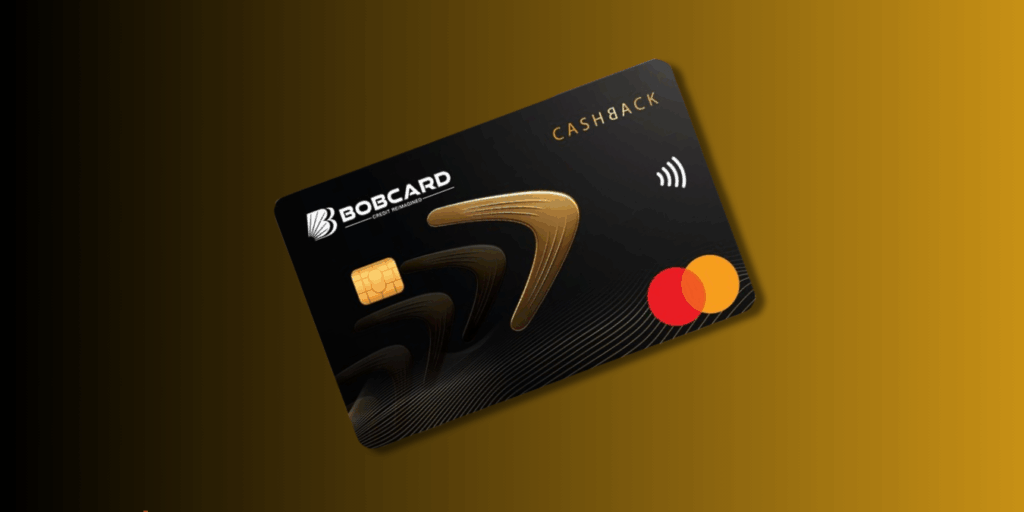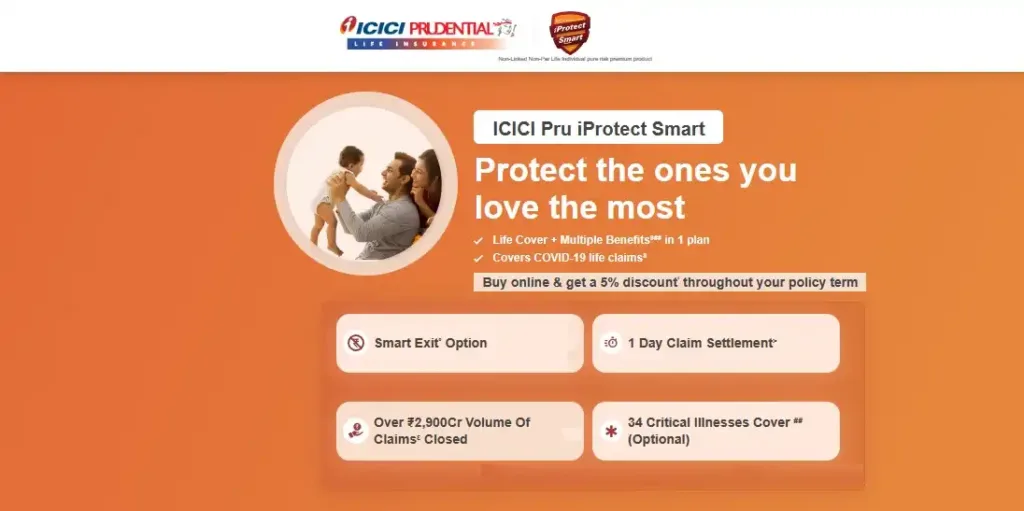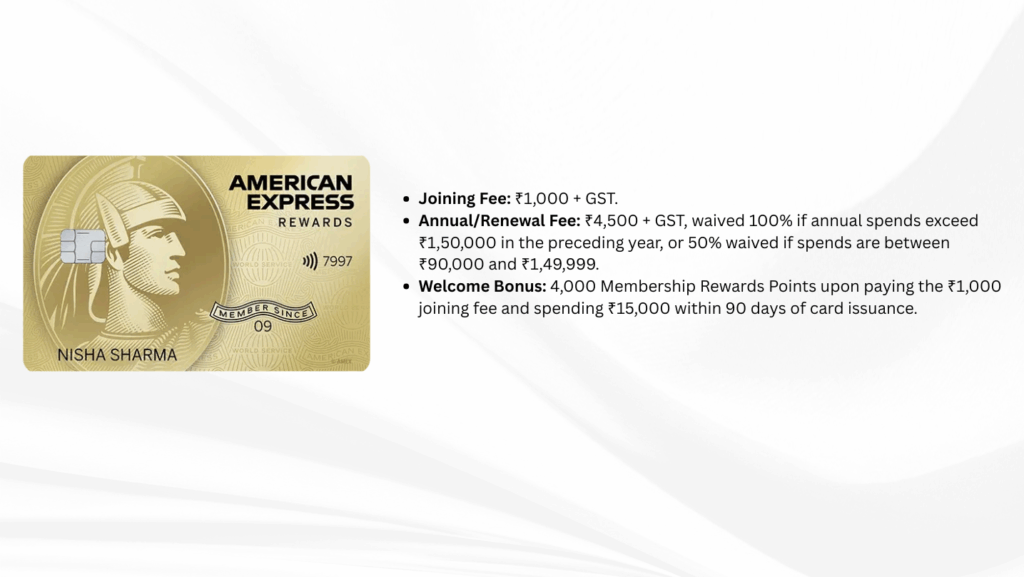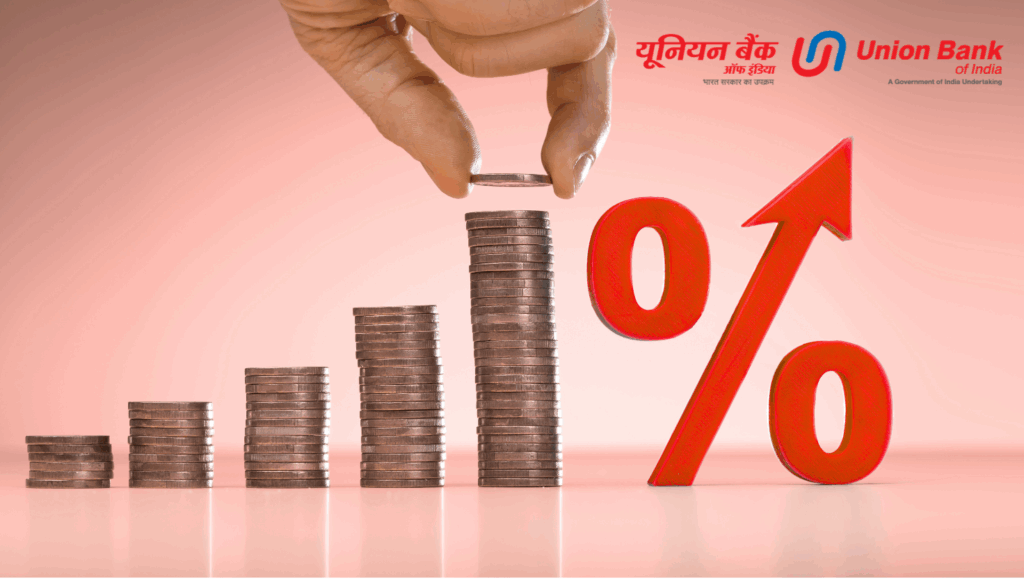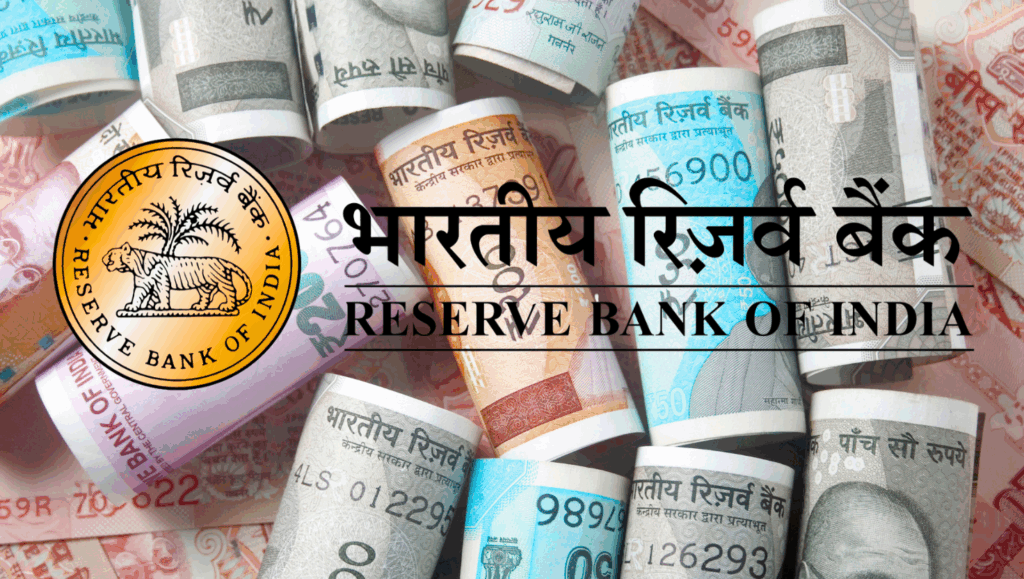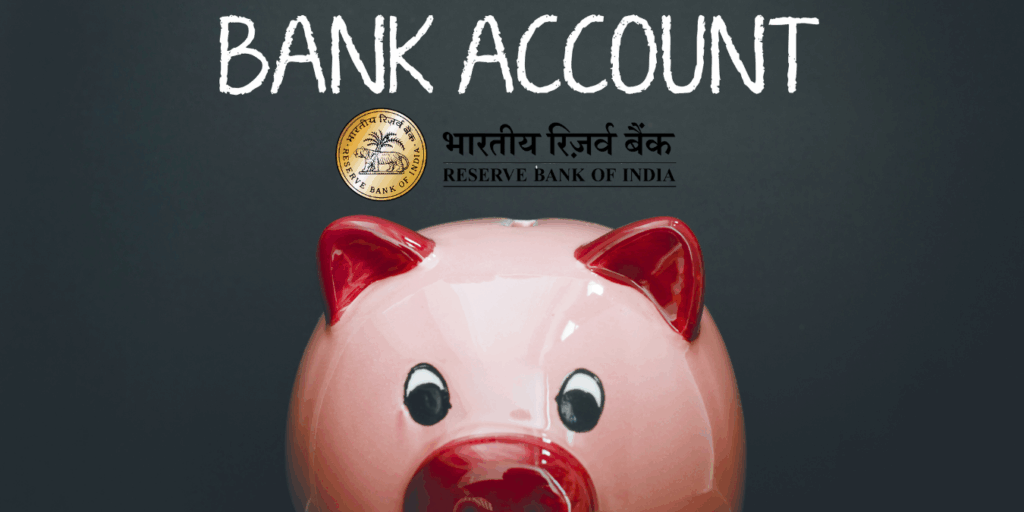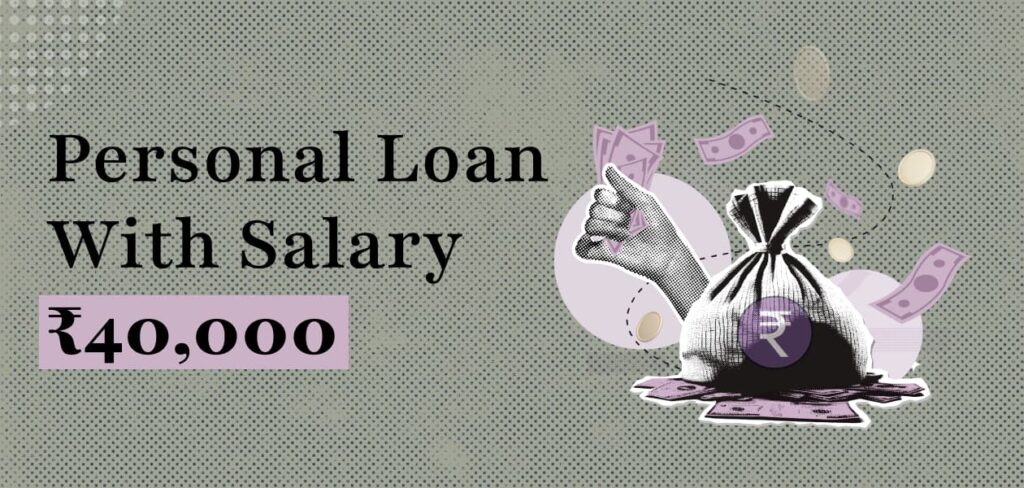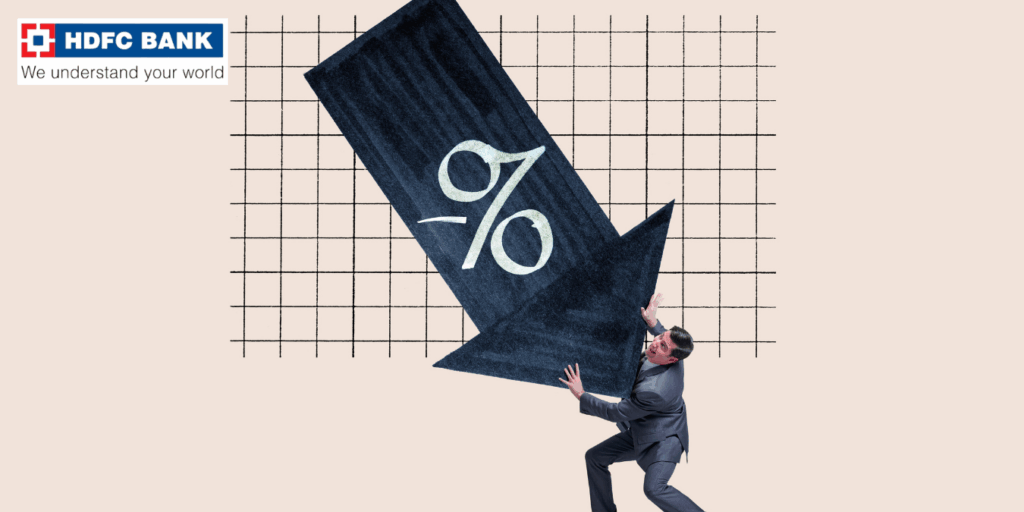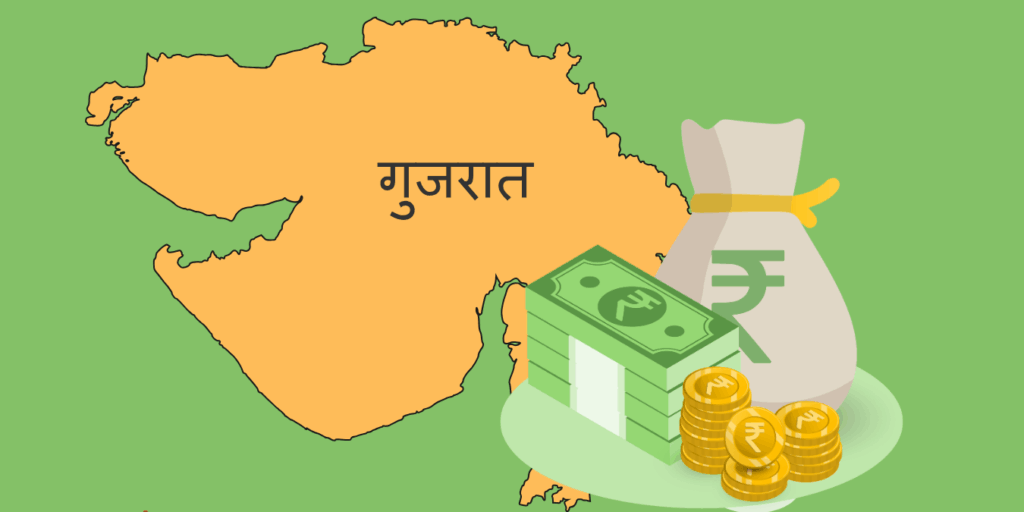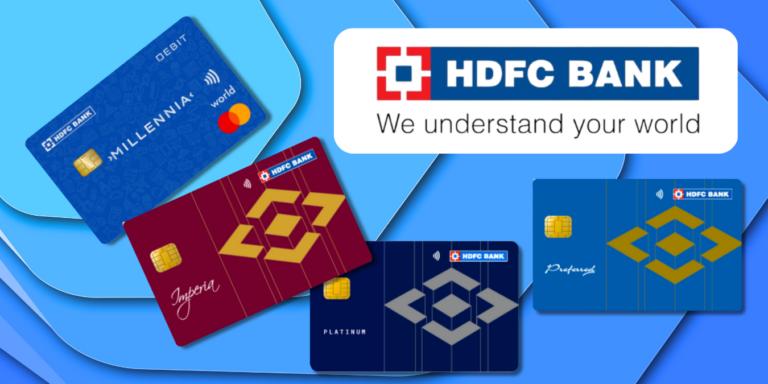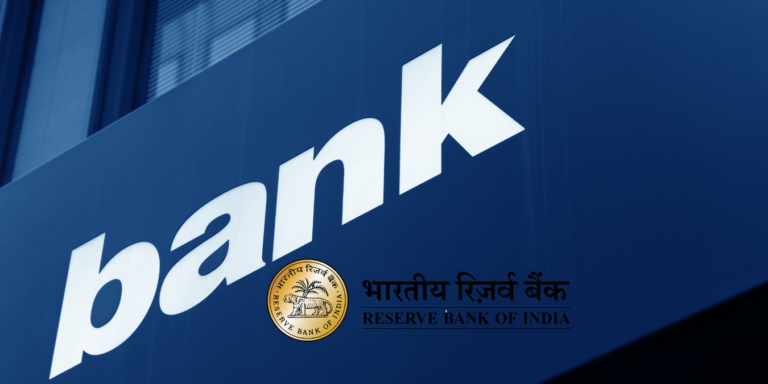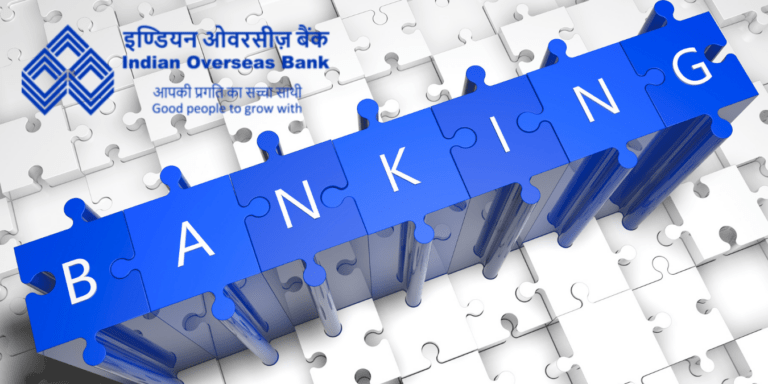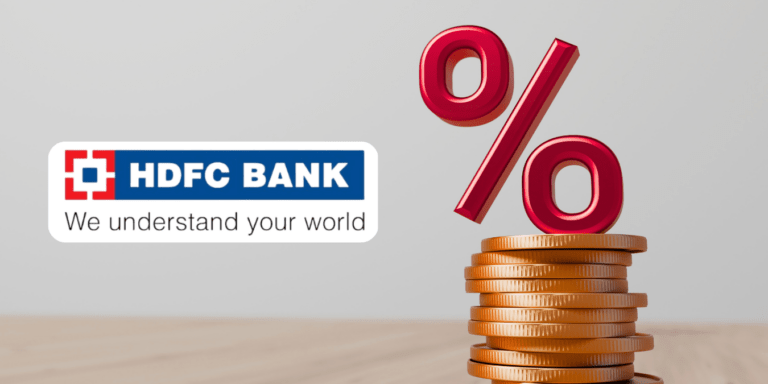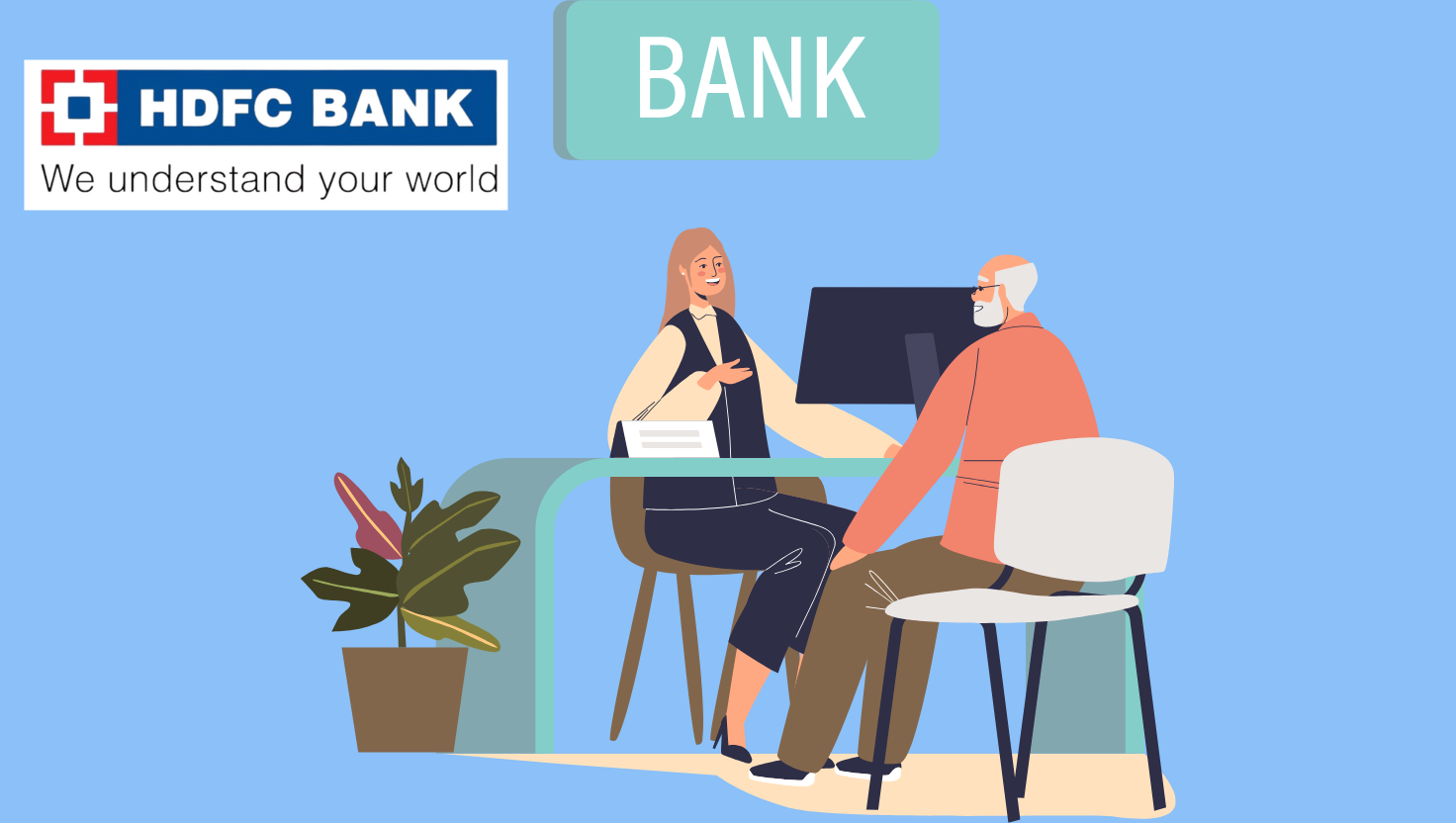
HDFC Bank’s August 2025 service charge shake-up has sparked viral India stories, slashing free cash transaction limits from ₹2 lakh to ₹1 lakh and hiking NEFT, RTGS, and ECS fees. Is this a push for a cashless India or a burden on everyday banking?
HDFC Bank’s August 1, 2025 revision of service charges on savings and salary accounts has set social feeds ablaze with “viral India stories” and stirred debate over “India trends 2025.” As one of India’s banking behemoths unveils sweeping fee changes—from halved free cash‐transaction limits to revamped NEFT, IMPS, RTGS and ECS return fees—customers are caught between alarm and anticipation. Will this bold move fuel financial discipline, or tip everyday banking into unaffordable territory? Amid data points fresh from 2025, insider narratives, and unexpected plot twists, let’s unravel what lies behind HDFC Bank’s strategy—and how you can turn this upheaval into your own advantage.
The Suspense Unfolds: A Shocking Cut in Free Transactions
For years, HDFC Bank customers revelled in a generous ₹2 lakh monthly limit for free self- and third-party cash transactions. On August 1, 2025, that safety net was halved to ₹1 lakh, while the four free transactions per month remained unchanged. Beyond these, every additional deposit or withdrawal now costs ₹150—a fee that stings like an unexpected plot twist in a Bollywood blockbuster. Picture this: you check your account, expecting a healthy balance, only to find it eroded by charges for accessing your own money. This shift has sparked outrage and curiosity, making it one of the top India trends 2025 as customers question whether traditional banking still serves the average Indian.
EPFO Partial Withdrawal: When and How Much Can You Access for Emergencies?
What If Your Next Credit Card Could Give You Up to 5% Cashback But With a Twist You Didn’t Expect?
Retire Rich or Safe: OPS vs. NPS vs. UPS – Which Path Secures Your Golden Years?
SBI vs HDFC Bank: Which is More Profitable? Who Leads the Banking Sector?
Service Charges 2025: The Complete Breakdown
To navigate this new landscape, let’s break down HDFC Bank’s revised fee structure for savings and salary accounts, based on the latest Indian discoveries from August 2025:
| Service Type | Pre-Aug 1, 2025 | Post-Aug 1, 2025 |
| Free Cash Transactions per Month | Up to ₹2 lakh; 4 txns free beyond | Up to ₹1 lakh; 4 txns free beyond |
| Charge per Additional Cash Txn | ₹150 | ₹150 |
| NEFT (Branch) Up to ₹10,000 | ₹2 | ₹2 |
| NEFT ₹10,000–₹1 lakh | ₹2 | ₹4 |
| NEFT ₹1 lakh–₹2 lakh | ₹10 | ₹14 |
| NEFT Above ₹2 lakh | ₹10 | ₹24 |
| IMPS Up to ₹1,000 | ₹3.50 | ₹2.50 |
| IMPS ₹1,000–₹1 lakh | ₹5 | ₹5 |
| IMPS Above ₹1 lakh | ₹15 | ₹15 |
| RTGS ₹2 lakh–₹5 lakh | ₹15 | ₹20 |
| RTGS Above ₹5 lakh | ₹15 | ₹45 |
| ECS/ACH Returns (1st) | ₹450 | ₹500 |
| ECS/ACH Returns (2nd onwards) | ₹500–₹550 | ₹550 |
| Balance/Interest/Address Cert. | Free | ₹100 (₹90 seniors) |
| Cheque Book (25 leaves) | Free; extras ₹75 | Free; extras ₹100 (₹75 seniors) |
All figures in INR. Source: HDFC Bank, August 2025
This table reveals a calculated recalibration: while some fees, like IMPS for small transactions, have dipped, others, like RTGS for high-value transfers, have surged. The introduction of charges for previously free services like balance certificates adds another layer of complexity, making financial planning a must for 2025.
Why Now? Decoding HDFC’s Strategic Playbook
HDFC Bank’s fee overhaul isn’t a random jab—it’s a calculated move rooted in three key drivers, each resonating with Indian banking strategies for 2025:
- Fuelling Digital Transformation
As HDFC invests heavily in AI-powered chatbots, blockchain-backed remittances, and real-time fraud alerts, operational costs are skyrocketing. These latest Indian discoveries in banking tech demand hefty budgets. By tweaking service charges, HDFC offsets these expenses while aligning with global banking trends, ensuring customers enjoy cutting-edge digital experiences. - Pushing a Cashless India
India’s “Digital India” campaign and RBI’s push for a low-cash economy are gaining momentum. By tightening cash transaction limits, HDFC nudges customers toward UPI, mobile wallets, and net-banking—platforms that are cheaper to maintain and align with the nation’s vision for 2025. This move positions HDFC as a pioneer in India trends 2025, championing a digital-first future. - Balancing Profitability
With rising deposit rates squeezing net interest margins, banks are leaning on fee-based income. HDFC’s revised charges ensure sustainability while delivering value to shareholders, a delicate dance in today’s competitive banking landscape. This strategy mirrors global trends where banks diversify revenue to stay resilient.
The Plot Twist: HDFC’s Surprise Rebates
Just when outrage peaked, HDFC Bank dropped a bombshell: limited-period fee rebates for customers maintaining an average monthly balance of ₹50,000 or more. This wildcard move has sparked intrigue, with some hailing it as a reward for disciplined savers and others decrying it as favouring the affluent. Could this be HDFC’s masterstroke to retain high-value customers while pushing financial discipline? The suspense keeps viral India stories trending as customers weigh their options.
Silver Linings: 5 Strategies to Beat the Fees
Don’t let these charges catch you off guard. Here are five actionable strategies to navigate HDFC’s new fee landscape and turn challenges into opportunities:
- Go Digital: UPI, net-banking, and mobile wallets are free. Use them for vendor payments, bill settlements, or splitting dinner tabs to avoid cash transaction fees.
- Upgrade to Premium Accounts: HDFC’s Active or Elite accounts offer higher free transaction limits. If your finances allow, these could save you hundreds monthly.
- Leverage Co-branded Cards: HDFC’s co-branded credit cards and networked wallets often provide cashback or fee waivers on utilities and vendor payments.
- Master Fee Cycles: Plan bulk cash withdrawals or deposits within your four free transactions. Use HDFC’s app to track usage and avoid surprises.
- Explore Alternatives: Banks like SBI or fintechs like Paytm offer higher free cash limits (e.g., ₹2 lakh). Diversifying accounts could be a smart hedge.
The Bigger Picture: A Call for Smart Banking
HDFC’s fee revisions are more than a policy shift—they’re a wake-up call for Indians to embrace smart banking. The latest Indian discoveries in 2025 point to a future where digital literacy and financial discipline reign supreme. As banks align with RBI’s cashless vision, customers who adapt—by mastering UPI, monitoring fees, or exploring premium accounts—will thrive. Those who resist risk being left behind in a rapidly evolving financial landscape.
Take Action Now: Your 2025 Banking Playbook
Don’t let HDFC’s fee shake-up derail your finances. Here’s your action plan to stay ahead:
- Audit Your Account: Log into HDFC’s mobile app to review transaction counts and fee statements. Knowledge is power.
- Set Smart Alerts: Enable SMS or email notifications for transactions nearing free limits to avoid unexpected charges.
- Spread the Word: Share these strategies with friends over a virtual chai session. Collective awareness can spark a movement.
- Engage Online: Join the conversation on X using #HDFCFeeHike2025 to share tips and learn from others. Your story could go viral!
- Compare Banks: Research competitors’ offerings. A quick switch or diversification could save you thousands annually.
The Final Verdict: Embrace the Change
HDFC Bank’s 2025 service charge overhaul is a bold pivot in Indian banking strategies, blending digital innovation with financial pragmatism. While the initial sting of fees may spark outrage, it’s also a golden opportunity to rethink money habits. By going digital, leveraging premium accounts, or exploring alternatives, you can turn this shake-up into a stepping stone for financial empowerment.
As India races toward a cashless, tech-driven future, HDFC’s move is a clarion call: adapt, innovate, and thrive. Will you seize this moment to become a savvier banker? Share your thoughts below, join the viral India stories on X, and let’s shape the India trends 2025 together. Your financial future starts now—make it count!
Disclaimer: The use of any third-party business logos in this content is for informational purposes only and does not imply endorsement or affiliation. All logos are the property of their respective owners, and their use complies with fair use guidelines. For official information, refer to the respective company’s website.

